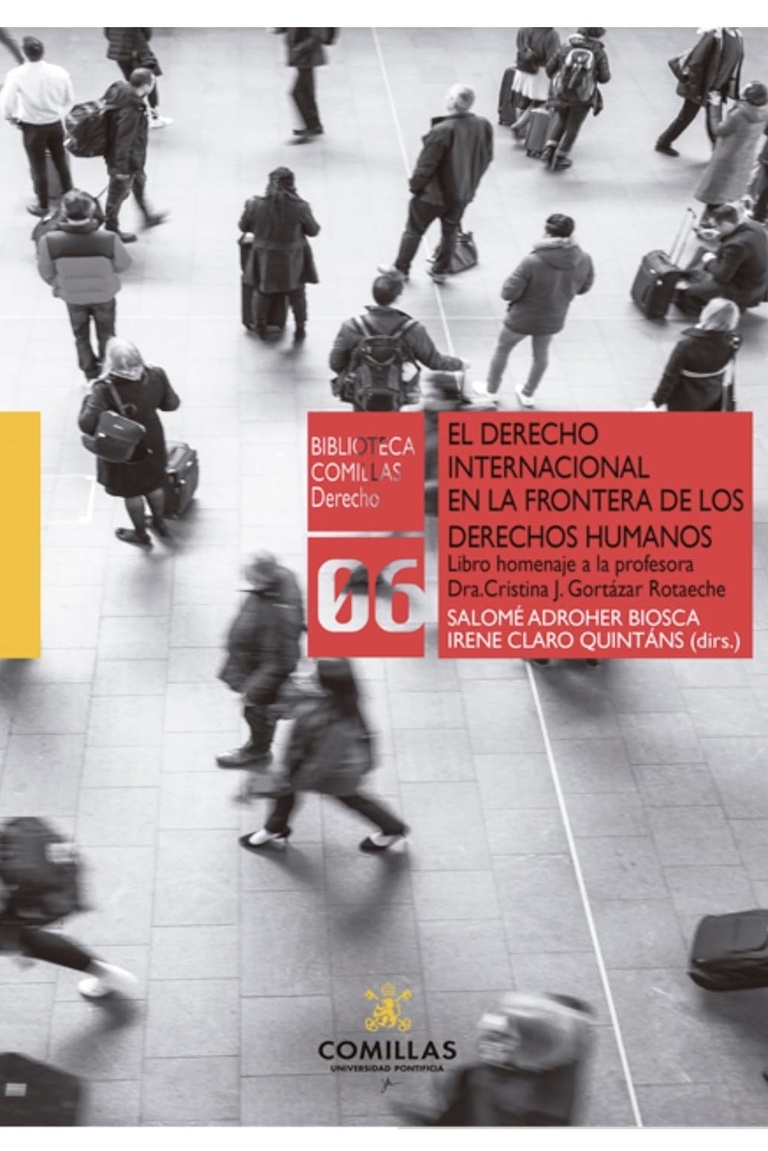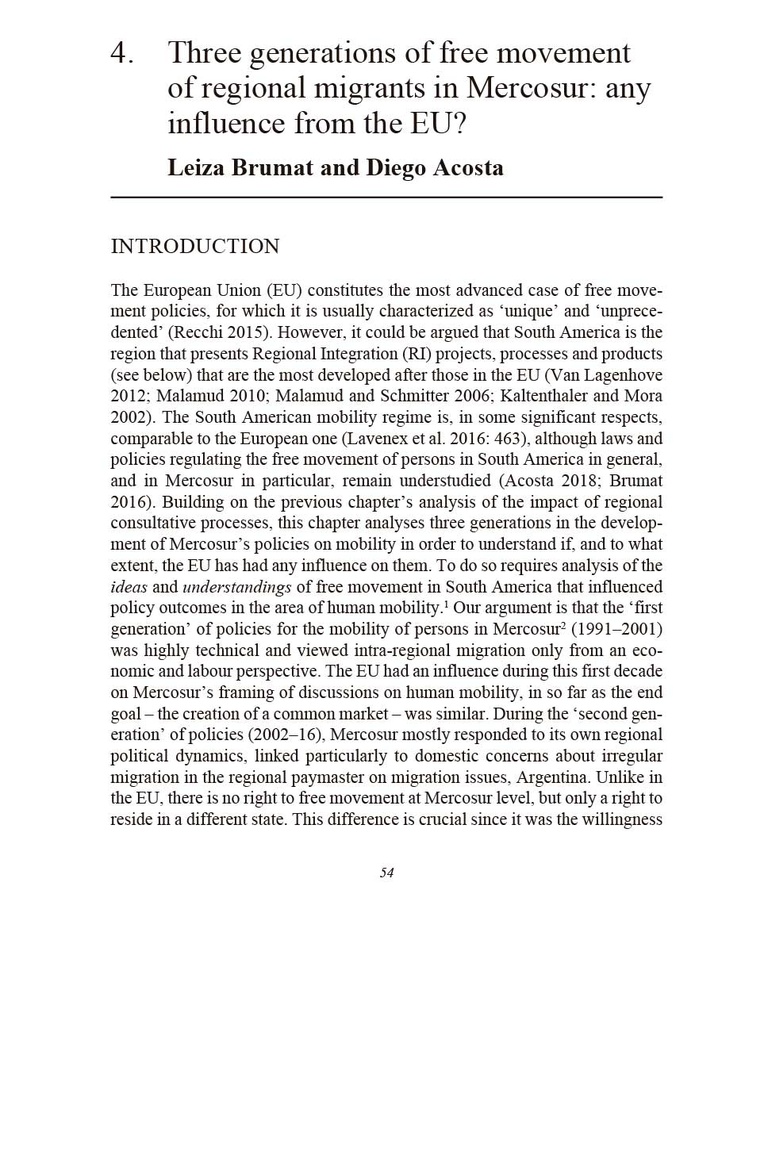This paper delves into the free movement of people within the Eurasian Economic Union (EAEU). It introduces the main components of the EAEU's free mobility regime, along with its promises and challenges. The author argues that the regimes governing free movement of people are not similar and respond to different needs and origins. In attempting to determine whether the free movement of people in the EAEU Treaty follows the EU model, the author discovers that the EAEU's framework actually finds its roots in regional treaties signed and developed in the post-Soviet space during the 1990s. The paper discusses the challenges of implementation and interpretation, situating them within a larger global context of regional free mobility schemes beyond the EU. Conclusions are drawn, accompanied by thoughts and suggestions for future research, especially in light of the general closure of borders during the COVID-19 pandemic. This paper provides various insights on the free movement of workers at the EAEU level. It identifies how the EU cannot genuinely be considered a model in several key areas, notably the absence of the principle of non-discrimination enshrined in the Treaty and the lack of a secure residence status beyond the conclusion of an employment agreement. Researchers will need to continue measuring and investigating its implementation and the effects of the free movement regime on the inclusion of EAEU workers. Furthermore, more research will be necessary considering the closure of borders during the pandemic and the potential effects it may have in the near future on the EAEU's free movement regime.
Suggested citation: Diego Acosta, ‘Regional Free Movement of People at Global Level: The Case of the Eurasian Economic Union (EAEU)’, Kutafin Law Review (2021), vol. 8(4).


